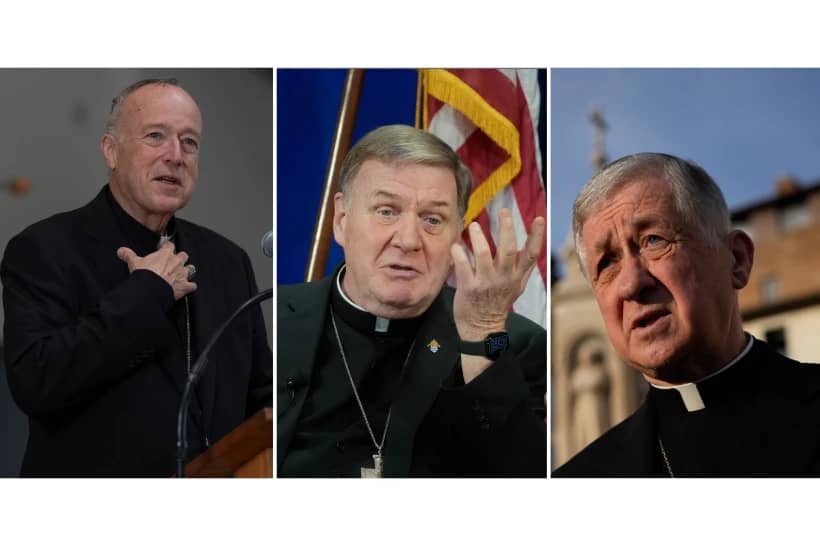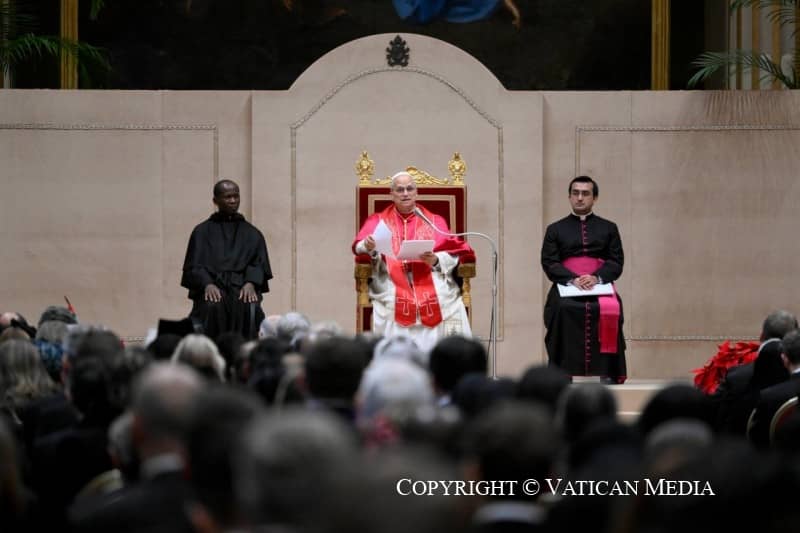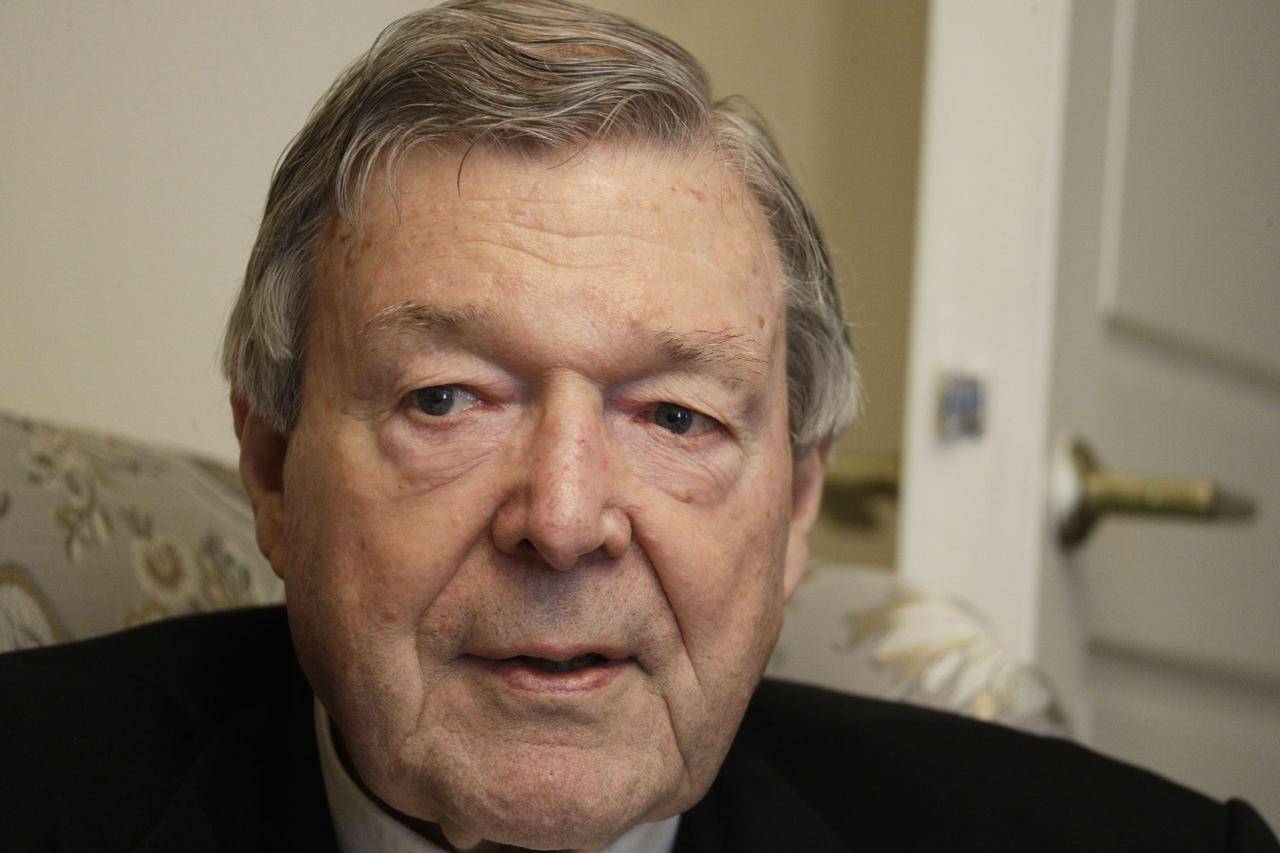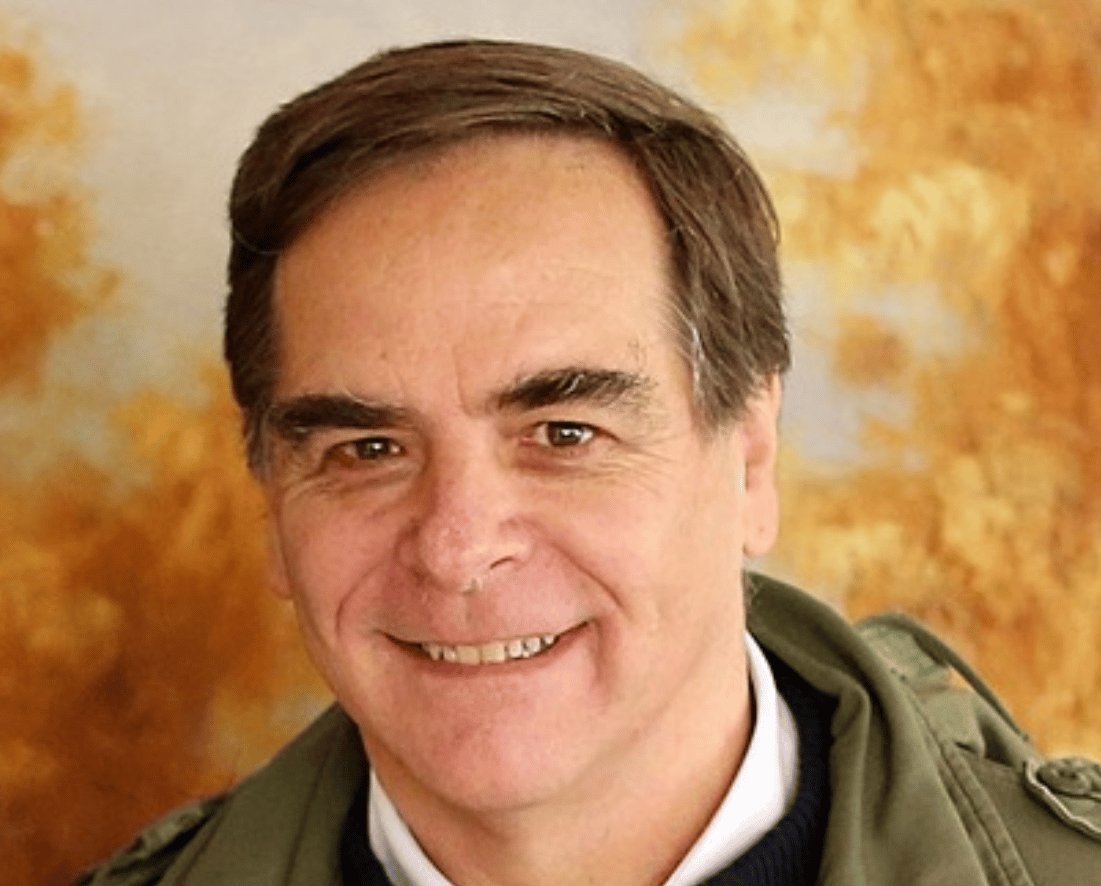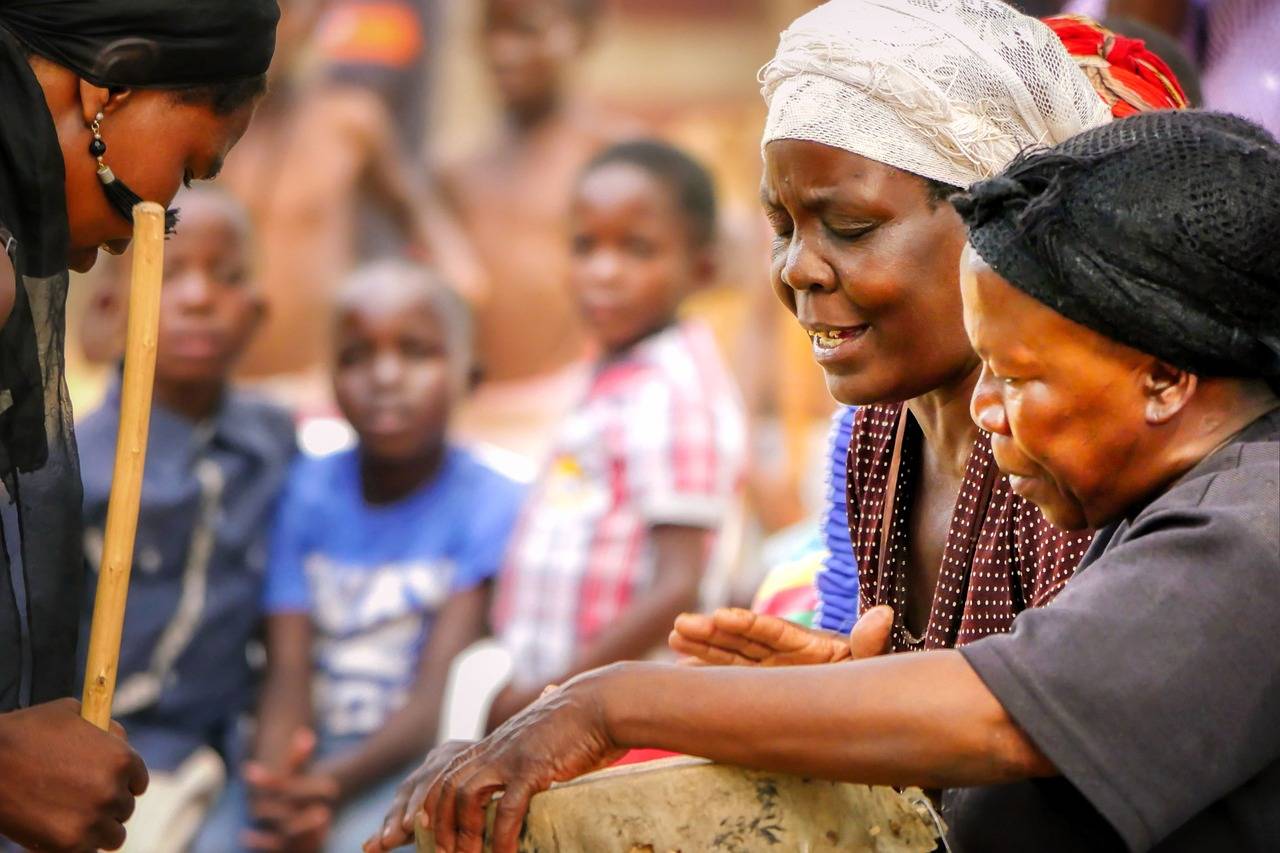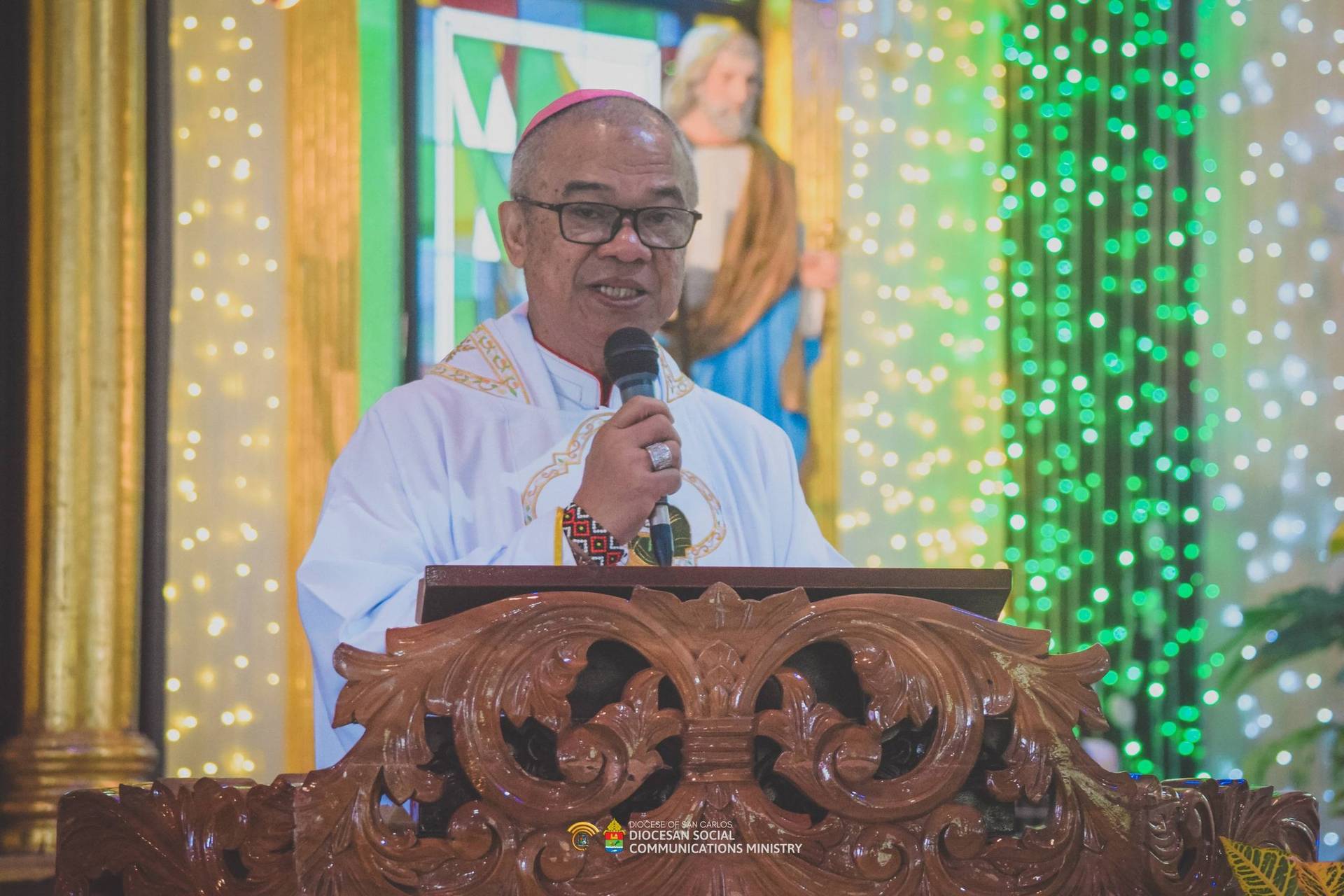ROME – There’s a decidedly non-PC expression in idiomatic American English which holds, “You can’t swing a cat without hitting x.” It’s used to denote ubiquity, as in, it’s impossible to avoid this particular item or quality.
(For whatever it’s worth, the origins of the expression are obscure, but experts consider it unlikely it had anything to do with actually twirling live felines in the air.)
Rome, legendarily, is a city in love with its stray cats, so my own application of the phrase is perhaps especially on point: “You can’t swing a cat in Rome without hitting some aspect of Catholic history.”
This was the intuition behind the late Pope John Paul II’s repeated admonition to seminarians in the Eternal City to imparare Roma, meaning “to learn Rome.” An observant émigré himself, John Paul understood that every street corner in this town, every building and every neighborhood, has something to teach about the history of Catholicism.
You don’t have to go looking for lessons, in other words. If you’re paying attention, they present themselves ceaselessly.
For me, the latest proof of the point came last week in a lovely evening reception in the courtyard of the building in Rome’s Prati neighborhood where my wife Elise and I live, which celebrated the 100th anniversary of the opening of the massive property. (At the time it was built in 1924, the building sported 108 apartments, with 350 balconies and 900 windows.)

For the occasion, our doorman, an enterprising and charming Italian named Giuseppe Dal Sordo, circulated a newspaper article from June 26, 1924, chronicling the building’s opening a century ago. Reading through the account, I learned that after the complex was completed, the then-fascist mayor of Rome, Filipo Cremonesi, made a visit and was received by a delegation which included two advisors on the project named Pio and Mario Tacchi Venturi.
The significance is that Pio and Mario were members of the same distinguished Italian family, originally from the north-central Marche region of the country, which also produced a prominent Jesuit of the same era named Father Pietro Tacchi Venturi.
By that June day in 1924, Pietro had already been designated as the official go-between for Benito Mussolini and Pope Pius XI, and would become arguably the most prominent and powerful cleric in Rome during Italy’s Fascist era.
Between 1923 and 1943, Tacchi Venturi met Il Duce on scores on occasions on behalf of the pope, and was a daily fixture in various offices of the government. So close was his relationship that Romans took to calling him “Mussolini’s confessor,” which wasn’t strictly accurate, since Mussolini was not a practicing Catholic and had no use for the sacrament of confession.
Yet as the Italians would say, Se non è vero, è ben trovato – “Even if it’s not true, it’s a great story.” (The line is attributed, by the way, to Giordano Bruno.)
So closely identified was Tacchi Venturi with the regime that in February 1928, an unidentified assailant burst into Tacchi Venturi’s office at Rome’s Church of the Gesù, stabbing him in the neck and narrowly missing his jugular. Tacchi Venturi survived, and though the motives for the attack remain murky almost 100 years later – some believe it was the result of a sexual liaison gone wrong – the Jesuit priest himself insisted it was part of a broader anti-fascist plot.
In a nutshell, the Tacchi Venturi saga encapsulates broader debates about the role of the Catholic Church during the fascist era.
Obviously, Tacchi Venturi was close to Mussolini’s regime, but does that necessarily signify complicity in its historical guilt? American author David Kertzer, in his 2014 book The Pope and Mussolini, styles Tacchi Venturi as a convinced anti-Semite who, in 1926, penned a memo in which he identified the “worldwide Jewish-Masonic plutocracy” as the Church’s most determined foe.
On the other hand, a 2012 book titled Pouring Jewish Water into Fascist Wine by Robert Aleksander Maryks, a professor of history at Boston College, notes that archives from the fascist era contain 44 letters from Tacchi Venturi appealing to Mussolini for exceptions to Italy’s racial laws on behalf of Italian Jews.
Granted, most of those appeals were in favor of Jews who had converted to Catholicism, but some historians believe that was because politically this was where the racial laws were most vulnerable, and where efforts to peel them back could bear fruit.
In a 1940 talk to a conference in Rome, Tacchi Venturi noted that St. Ignatius Loyola, the founder of his Jesuit order, had a fondness for Jews and Judaism, which was not exactly the dominant current in 16th century Spanish Catholicism.
Further, it’s important to remember that Tacchi Venturi’s primary charge from Pius XI was to help pave the way for an agreement with Mussolini to settle the “Roman question,” meaning the legal and financial status of the Vatican after the collapse of the Papal States in 1870. Those efforts eventually bore fruit, culminating in the Lateran Pacts of 1929, guaranteeing the Vatican’s sovereignty and independence.
In that context, it’s perhaps unrealistic to expect that a Catholic priest personally tasked by a pope with carving out a relationship with Mussolini would simultaneously excoriate him in public.
In any event, my imagination was fired by learning that two relatives of the then-emerging Jesuit celebrity once stood in the same courtyard 100 years ago where I pass through every day. I can’t help wondering what they made of their famous and controversial relative … whether they were proud, embarassed, conflicted, or some mix of all of the above.
(It’s far from an abtract question, by the way. In 2020, Italian journalist Giorgio Zanchini, a distant relative of Tacchi Venturi, published a novel titled Sotto il radioso dominio di Dio, which translates as “Under the Radiant Dominion of God,” in which family members argue over the late Jesuit’s legacy.)
All of this is a reminder of the still-intense historical debate over the role of the Catholic Church in one of history’s darkest moments, a debate which has massive consquences for the present as well. And, as it turns out, it’s a conundrum in which even my own apartment building has a small role to play.
That, in effect, is “learning Rome.”







